The raw angularity of Epstein’s bronzes and the rococo elegance of the Foundling Museum are not an obvious match, but the exhibition ‘Sir Jacob Epstein: Babies and Bloomsbury’ has found a strangely appropriate home in this museum of hidden childhood. A deeply personal and intimate show, it charts Epstein’s relationships with his wives, mistresses and their numerous children and grandchildren, most of whom he captured in the form for which he is best known – the bronze portrait bust. Beginning with his first wife, Margaret Dunlop, and his illegitimate daughter Peggy Jean (for whom Dunlop cared), the exhibition moves chronologically through a series of tender portraits of the women he loved and the children they bore him – Peggy Jean, born in 1918 to the actress Meum Lindsell-Stewart, was followed by Theo, Kitty, and Esther, children of Kathleen Garman, and Jackie, in 1934, with Isabel Nicholas.
There is a certain irony in how this show displays the inevitable corollary of Epstein’s masculine, often highly sexualised work – the babies and children that resulted from his numerous affairs. Epstein’s public work and larger sculptures are absent here, even in photographic form, which might have served as an interesting contrast to this selection of small-scale works. The personal narrative is presented candidly and with neither sordidness nor sentiment – Epstein’s flaws are on show, as well as his fatherly impulses. But, on a site with such a long and sad history of child abandonment and parental anguish, it is touching to witness the parental love and pride manifested in the precise, expressive busts and sketches of the Epstein children and, later, grandchildren. Several of Epstein’s portrait commissions of young children are also on display, demonstrating that his ability to capture a childish likeness was not motivated only by the parental bond, though these examples sit outside the main narrative of the show.
The exhibition’s secondary theme of Epstein’s connection to Bloomsbury is less thoroughly explored, and it feels less necessary. Of course, it underpins the relationship between Epstein, his children (some of whom he rarely saw when they were very young) and the Foundling Hospital, which remained open until 1927 and loomed large over the area around Guilford Street where Epstein had several successive studios. These connections feel coincidental rather than vital, but they do not detract from a charming and thoughtful presentation of a lesser-known aspect of the great sculptor’s work.
‘Sir Jacob Epstein: Babies and Bloomsbury’ is at the Foundling Museum, London, until 10 May.
Related Articles:
Small Wonders: The Foundling Museum (Caro Howell)
Rise and Fall: ‘Progress’ at the Foundling Museum (Martin Oldham)
Physician, philanthropist, collector: ‘The Generous Georgian’ in three objects (Katy Barrett)
Unlimited access from just $16 every 3 months
Subscribe to get unlimited and exclusive access to the top art stories, interviews and exhibition reviews.

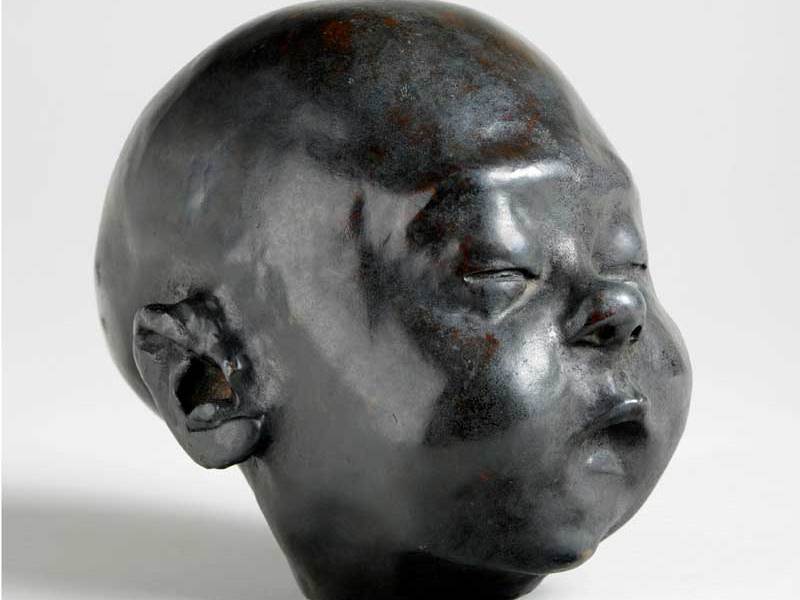
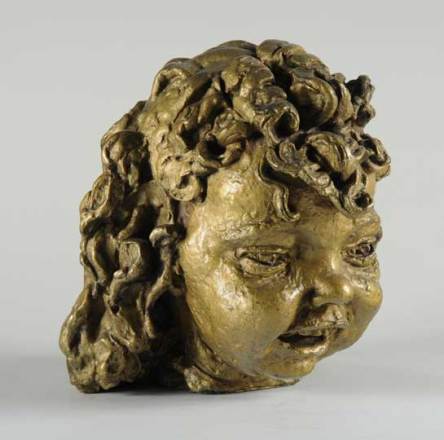
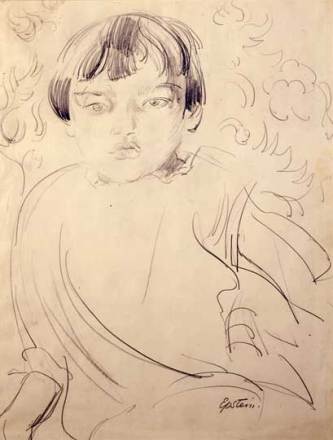
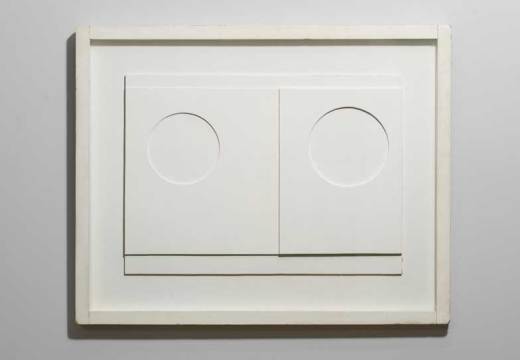
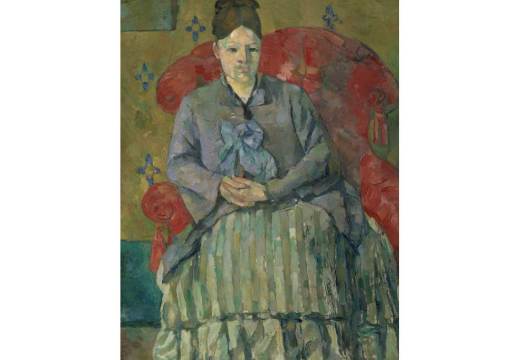
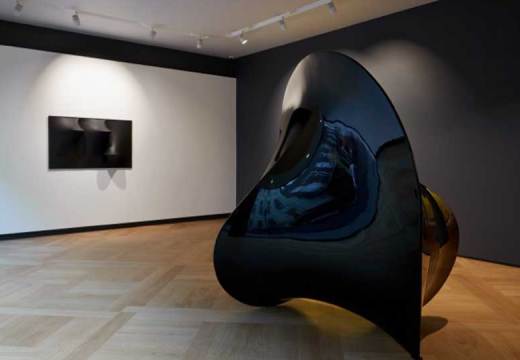









![Masterpiece [Re]discovery 2022. Photo: Ben Fisher Photography, courtesy of Masterpiece London](http://www.apollo-magazine.com/wp-content/uploads/2022/07/MPL2022_4263.jpg)
It’s time for the government of London to return to its rightful home